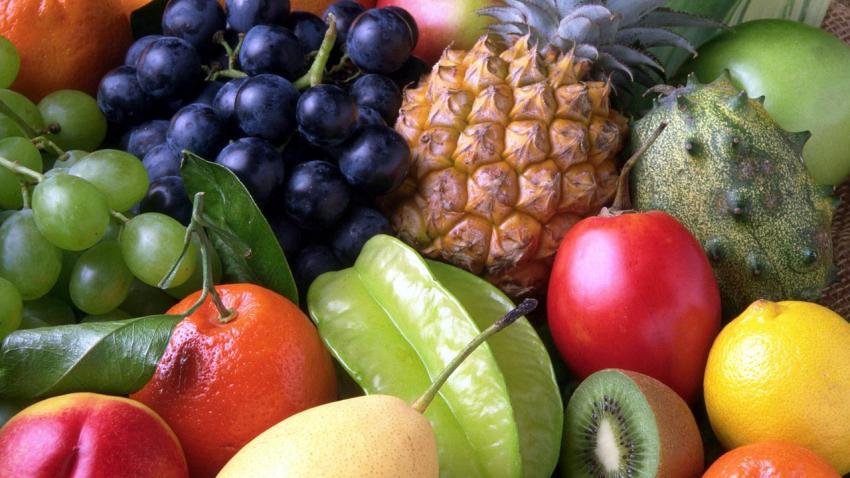Wood Exports

After choosing your export product as WOOD & ARTICLES OF WOOD, WOOD CHARCOAL and export samples are sent, terms of payment and terms of delivery are agreed with your overseas buyer along with other terms and conditions and issue proforma invoice, in turn you receive export order for WOOD & ARTICLES OF WOOD, WOOD CHARCOAL followed by purchase order from your overseas buyer. The terms of payment for your export contract could be advance payment, Documents against Acceptance DA, Documents against Payments DAP, or under Letter of Credit LC, and the terms of delivery for your export of WOOD & ARTICLES OF WOOD, WOOD CHARCOAL might be EX-Works, FOB, CFR, CIF, DAP, DDP or any other Inco terms. The finance against export can be arranged from your bank for pre shipment packing creditor post shipment finance against export orders for WOOD & ARTICLES OF WOOD, WOOD CHARCOAL. Insurance can be arranged against credit risk and about other risks involved in export of WOOD & ARTICLES OF WOOD, WOOD CHARCOAL.
After quality check (QC), proper packing is arranged with Palletization or Crating if required. Type of container is decided if export shipment of WOOD & ARTICLES OF WOOD, WOOD CHARCOAL is on FCL basis otherwise LCL if mode of shipment of WOOD & ARTICLES OF WOOD, WOOD CHARCOAL is by sea. Export invoice, export packing list ,certificate of origin (GSP – Generalized System of Preference) and other documents are prepared based on the purchased order or LC to export WOOD & ARTICLES OF WOOD, WOOD CHARCOAL. After completion of export customs clearance either by exporter or his Customs broker, Bill of Lading or AWB is issued by carrier, if consolidator involved, HAWB or HBL is issued. The documents for export of WOOD & ARTICLES OF WOOD, WOOD CHARCOAL is discounted, arrange for collection or negotiated if export of WOOD & ARTICLES OF WOOD, WOOD CHARCOAL is on Letter of Credit basis.
Fresh Fruits and Vegetables

India's diverse climate ensures availability of all varieties of fresh fruits & vegetables. It ranks second in fruits and vegetables production in the world, after China. As per National Horticulture Database published by National Horticulture Board, during 2014-15 India produced 86.602 million metric tonnes of fruits and 169.478 million metric tonnes of vegetables. The area under cultivation of fruits stood at 6.110 million hectares while vegetables were cultivated at 9.542 million hectares.
India is the largest producer of Ginger and Okra amongst vegetables and ranks second in production of potatoes, onions, cauliflowers, brinjal, Cabbages, etc. Amongst fruits, the country ranks first in production of Bananas (22.94%), Papayas (44.03%) and Mangoes (including mangosteens,and guavas) (37.57%).
The vast production base offers India tremendous opportunities for export. During 2015-16, India exported fruits and vegetables worth Rs. 8,391.41 crores which comprised of fruits worth Rs. 3,524.50 crores and vegetables worth Rs. 4,866.91 crores.
Mangoes, Walnuts, Grapes, Bananas, Pomegranates account for larger portion of fruits exported from the country while Onions, Okra, Bitter Gourd, Green Chilles, Mushrooms and Potatoes contribute largely to the vegetable export basket.
The major destinations for Indian fruits and vegetables are UAE, Bangladesh, Malaysia, Netherland, Sri Lanka, Nepal, UK, Saudi Arabia, Pakistan and Qatar.
Though India's share in the global market is still nearly 1% only, there is increasing acceptance of horticulture produce from the country. This has occurred due to concurrent developments in the areas of state-of-the-art cold chain infrastructure and quality assurance measures. Apart from large investment pumped in by the private sector, public sector has also taken initiatives and with APEDA's assistance several Centers for Perishable Cargoes and integrated post harvest handling facilities have been set up in the country. Capacity building initiatives at the farmers, processors and exporters' levels has also contributed towards this effort.
Stationery Products

We are the exporter and supplier of office stationery products, school stationery, home stationery and other stationery products provides 'value for money' products to the ever discerning customer in the changing dynamics of the marketplace.
We offer our customers a large product range in which each product is hand-picked to meet the most stringent global standards. Our strict quality control and range of products have made us one of India's leading manufacturer, exporter & supplier of home stationery products, office stationery products, school stationery products, fluorescent sheets and other stationery products.
Chemical Products

After choosing your export product as Organic Chemicals and export samples are sent, terms of payment and terms of delivery are agreed with your overseas buyer along with other terms and conditions and issue proforma invoice, in turn you receive export order for Organic Chemicals followed by purchase order from your overseas buyer. The terms of payment for your export contract could be advance payment, Documents against Acceptance DA, Documents against Payments DAP, or under Letter of Credit LC, and the terms of delivery for your export of Organic Chemicals might be EX-Works, FOB, CFR, CIF, DAP, DDP or any other Inco terms. The finance against export can be arranged from your bank for pre shipment packing creditor post shipment finance against export orders for Organic Chemicals . Insurance can be arranged against credit risk and about other risks involved in export of Organic Chemicals. After quality check (QC), proper packing is arranged with Palletization or Crating if required.
Type of container is decided if export shipment of Organic Chemicals is on FCL basis otherwise LCL if mode of shipment of Organic Chemicals is by sea. Export invoice, export packing list ,certificate of origin (GSP – Generalized System of Preference) and other documents are prepared based on the purchased order or LC to export Organic Chemicals . After completion of export customs clearance either by exporter or his Customs broker, Bill of Lading or AWB is issued by carrier, if consolidator involved, HAWB or HBL is issued. The documents for export of Organic Chemicals is discounted, arrange for collection or negotiated if export of Organic Chemicals is on Letter of Credit basis.
Poultry and Meat Products

Poultry is one of the fastest growing segments of the agricultural sector in India today. While the production of agricultural crops has been rising at a rate of 1.5 to 2 percent per annum, that of eggs and broilers has been rising at a rate of 8 to 10 percent per annum. As a result, India is now the world's fifth largest egg producer and the eighteenth largest producer of broilers. The Potential in the sector is due to a combination of factors - growth in per capita income, a growing urban population and falling real poultry prices. Poultry meat is the fastest growing component of global meat demand, and India, the world's second largest developing country, is experiencing rapid growth in its poultry sector. In India, poultry sector growth is being driven by rising incomes and a rapidly expanding middle class, together with the emergence of vertically integrated poultry producers that have reduced consumer prices by lowering production and marketing costs.
Integrated production, market transition from live birds to chilled and frozen products, and policies that ensure supplies of competitively priced corn and soybeans are keys to future poultry industry growth in India. There are number of small poultry dressing plants in the country. These plants are producing dressed chickens. In addition to these plants, there are five modern integrated poultry processing plants producing dressed chicken, chicken cut parts and other chicken products. These plants will manufacture egg powder and frozen egg-yolk for export.
Garment Products

The incentive package for the garments industry announced by the Centre recently will help Indian exporters beat competition from countries like Bangladesh and Vietnam and fill the space being vacated by China in the global market for clothing, according to the Apparel Export Promotion Council (AEPC).
Garment exports from India will increase by $30 billion over the next three years once the incentive package for the textile sector announced recently is fully implemented, the industry body stated.
“With China already vacating space in the global market for garments, there is a huge opportunity for Indian exporters to fill the gap. The new incentives will make the garments sector in the country more competitive as exporters will be able to match the low prices offered by Bangladesh and Vietnam,” AEPC Chairman Ashok Rajani told BusinessLine.
In 2015, India’s garments exports were worth $17.1 billion, which was 3.6 per cent higher than $16.5 billion in the previous year, according to industry figures.
China, on the other hand, exported garments worth $162.5 billion in 2016, which was lower by 3.5 per cent compared to what it exported the previous year.



